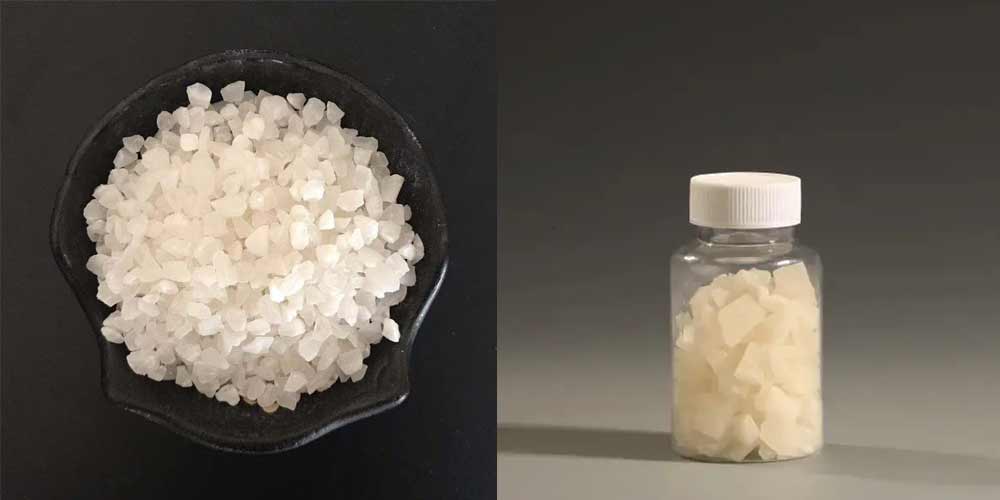Aluminum sulfate, chemically represented as Al2(SO4)3, is a white crystalline solid that is commonly used in water treatment processes. When aluminum sulfate reacts with water, it undergoes hydrolysis, a chemical reaction in which water molecules break apart the compound into its constituent ions. This reaction plays a crucial role in various applications, particularly in water purification.
The primary product of this reaction is aluminum hydroxyl complex. This complex is crucial in water treatment, as it aids in the removal of impurities from water. Aluminum hydroxyl complex has high charge density, and when formed, it tends to trap and coagulate suspended particles, such as clay, silt, and organic matter. As a result, these tiny impurities become larger and heavier particles, making it easier for them to settle out of the water.
The sulfuric acid produced in the reaction remains in solution and contributes to the overall acidity of the system. The acidity can be adjusted as needed, depending on the specific requirements of the water treatment process. Controlling the pH is essential for optimizing the efficiency of coagulation and flocculation processes. It also reduces the alkalinity of the water. If the alkalinity of the pool water itself is low, then NaHCO3 needs to be added to increase the alkalinity of the water.
The reaction between aluminum sulfate and water is commonly employed in the coagulation and flocculation steps of water treatment plants. Coagulation involves the destabilization of suspended particles, while flocculation promotes the aggregation of these particles into larger, easily settleable flocs. Both processes are vital for the removal of impurities and the clarification of water.
It’s important to note that the use of aluminum sulfate in water treatment has raised environmental concerns due to the potential accumulation of aluminum in aquatic ecosystems. To mitigate these concerns, precise dosing and monitoring are essential to ensure that aluminum concentrations in treated water meet regulatory standards.
In conclusion, when aluminum sulfate reacts with water, it undergoes hydrolysis, producing aluminum hydroxide and sulfuric acid. This chemical reaction is integral to water treatment processes, where aluminum hydroxide acts as a coagulant to remove suspended impurities from water. Proper control and monitoring are necessary to ensure effective water purification while minimizing environmental impact.
Post time: Mar-05-2024

